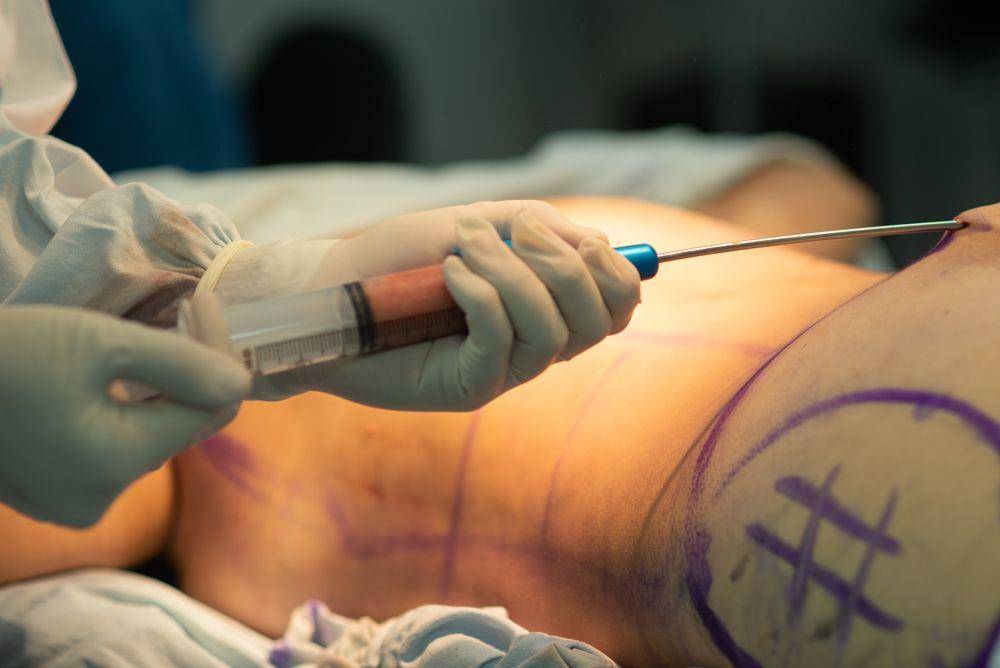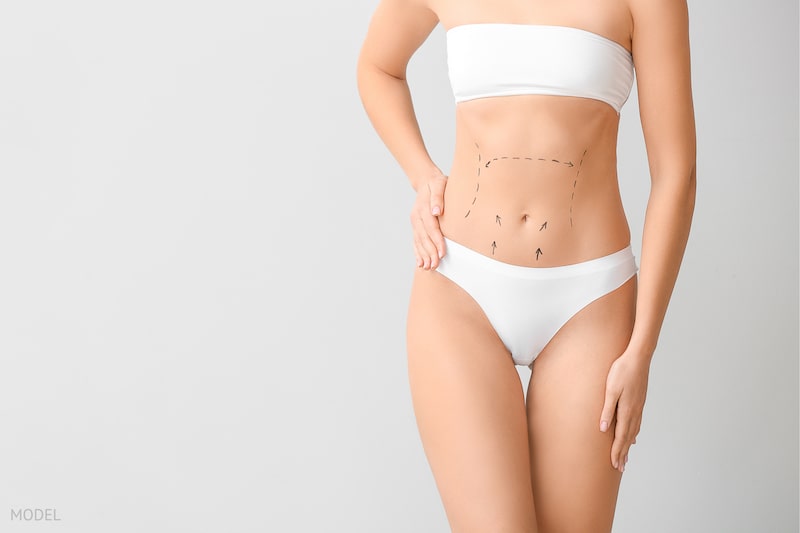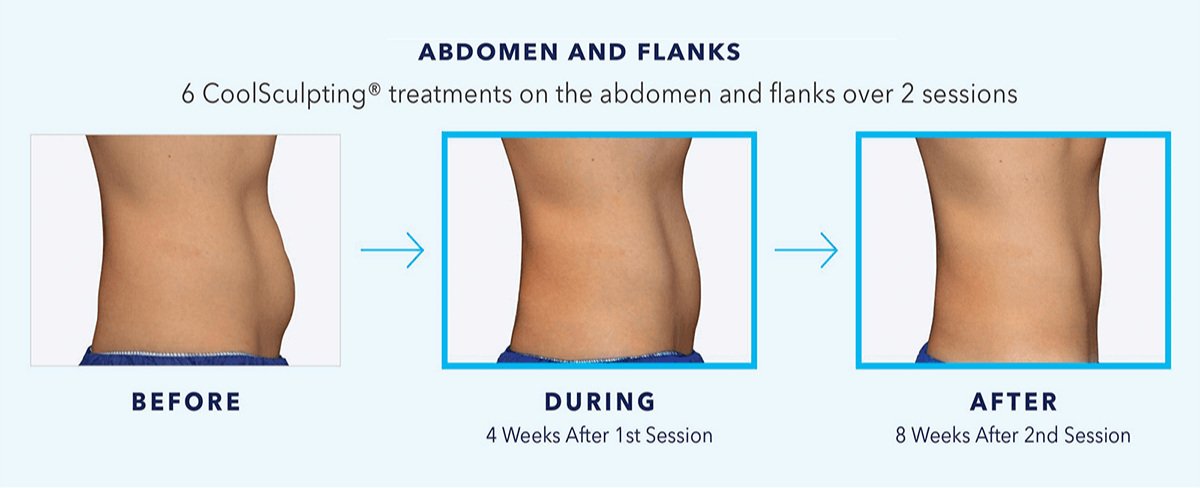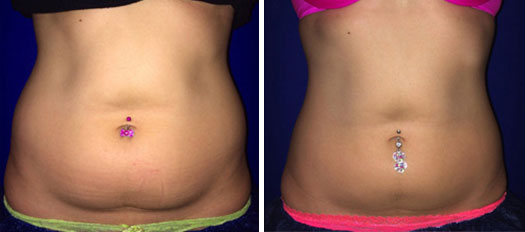Patients use a small, flexible tube that is used to treat the area they are treating, and then vacuum the treated area between 2 cooling panels for 30 to 60 minutes. Many patients are very pleased with the results of cryolipolysis, and they have never experienced any adverse effects of the procedure. Common complications of cryolipolysis include redness and swelling, and it is possible to feel as though someone is touching the area being treated. These complications do not last long; they disappear after several weeks. Some people are concerned that lipid levels and liver enzymes may increase after adipose tissue is removed. However, these levels have been reported to be within normal limits. Those values have been reported to be within normal ranges during and after a procedure like cryolipolysis. Patients should be warned that paradoxical adipose hyperplasia, which is a rare condition that can cause a large, hard, tender mass of fat to form at the treatment site 2 to 3 months after treatment. It is estimated that this happens in 1 in every 20,000 people. It is possible that the incidence of paradoxical adipose hyperplasia, a rare side effect of cryolipolysis, may be underestimated, because one practice reported a risk of 0.47% in 422 patients who received this treatment. This has not been reported in people who have undergone other fat reduction procedures, such as a liver transplant or a fatty liver graft. Cryolipolysis is safe for all skin types to undergo. There are no reports of changes in the color of the skin after treatment. If you are experiencing severe cold-induced illness (eg, cryoglobulinemia, cold urticaria), or if you have very severe varicose veins or atopic dermatitis, you should not undergo this procedure. Some patients who undergo this procedure benefit most from removing small or moderate amounts of adipose tissue and/or fat cells (Figure 2).12,17 Cryolipolysis is safe and can help relieve symptoms of menopause.



